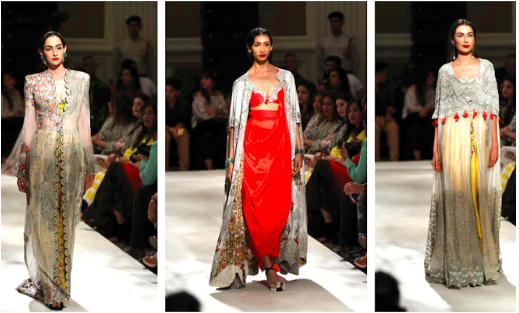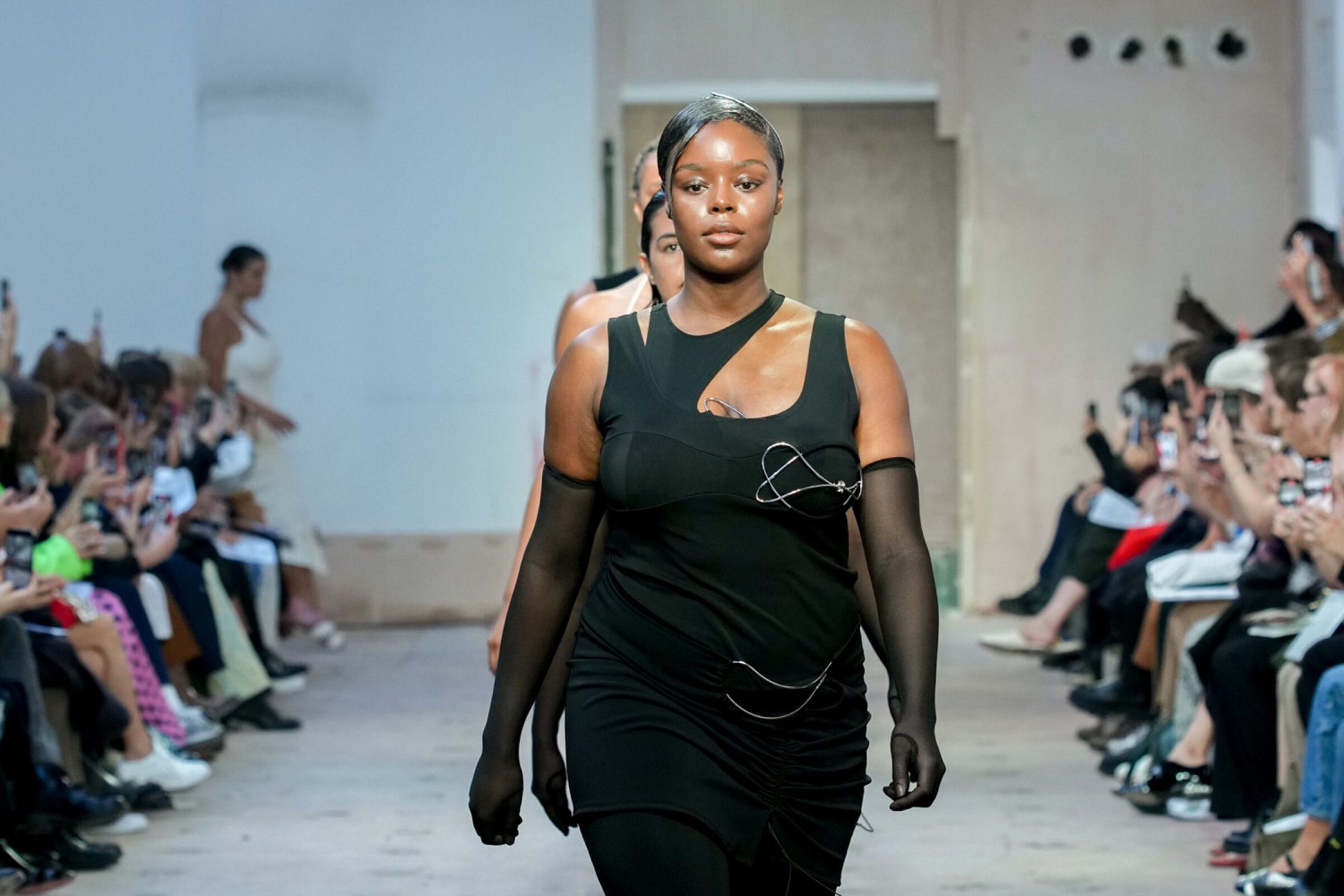How to Style Eastern Wear Pakistan Clothes for Contemporary Style
How to Style Eastern Wear Pakistan Clothes for Contemporary Style
Blog Article
Experience the Style of Typical Eastern Attire
Start a journey with the intricate globe of conventional Eastern attire, where each garment informs a tale woven with social splendor and historical value. From the vibrant colors of a Chinese qipao to the regal style of a Pakistani shalwar kameez, these garments provide a glance right into a world where craftsmanship meets virtuosity. The fusion of lavish textiles and fragile needlework strategies creates a tapestry of elegance that goes beyond boundaries and time. Join us as we decipher the secrets behind these charming pieces and discover the allure of Eastern outfit that has actually mesmerized generations.
History of Eastern Outfit
Eastern clothes has a rich background that goes back centuries, reflecting the varied cultures and customs of regions such as Asia and the Center East. The clothes styles in these regions have been affected by different factors such as environment, religious beliefs, social standing, and historic occasions. In Asia, typical clothing differs significantly from the vibrant saris used in India to the stylish robe of Japan. The Middle East boasts a wide range of apparel styles, from the streaming abayas of Saudi Arabia to the detailed kaftans of Morocco.
Throughout background, Eastern clothes has not just acted as a type of apparel however also as a sign of cultural identification and heritage (eastern wear pakistan). Fabrics like linen, silk, and cotton have actually been frequently used, with styles and patterns usually holding substantial significances or representing facets of nature or spirituality. Typical garments have actually been given with generations, with each piece carrying a sense of background and practice. Today, Eastern attire remains to evolve, blending conventional elements with modern-day style patterns to develop ageless and distinct designs.
Value of Needlework
Embroidery plays an important function in conventional Eastern clothing, adding intricate details and social relevance to garments that have been given through generations. In Eastern cultures, embroidery is not merely ornamental however holds deep symbolic definitions. Each stitch and pattern can communicate stories, ideas, and also social status.
The art of embroidery in typical Eastern clothing is a labor-intensive process that needs skill and patience. Very skilled craftsmens diligently hand embroider elaborate styles onto fabrics utilizing methods that have been improved over centuries. These stitched styles frequently show the abundant cultural heritage of the area they stem from, showcasing concepts influenced by nature, mythology, or historic occasions.

Glamorous Fabrics Used
Luxurious materials play an essential function in improving the elegance and opulence of traditional clothing throughout varied Eastern cultures. Silk, renowned for its softness and luster, is a favored selection for several standard garments because of its luxurious feeling and ability to curtain with dignity. In nations like India, China, and Japan, silk has a long background of being made use of in traditional attire, signifying wealth and standing.
An additional commonly utilized luxurious fabric is brocade, defined by detailed patterns woven into the material. Brocade includes a touch of sophistication to garments and is commonly seen in ceremonial attire and formal wear. Velvet, with its luxurious texture and abundant look, is additionally a popular choice for conventional attire in Eastern societies, especially for cheery occasions and special celebrations.
Additionally, satin, fabric, and chiffon are frequently utilized for their light-weight and flowing top qualities, including a feeling of special and style to garments. These glamorous textiles not only elevate the aesthetic allure of typical Eastern clothing yet also add to the total appeal and appeal of the wearer.
Workmanship Methods
Standard outfit in numerous societies showcases remarkable craftsmanship methods that are passed down with generations, highlighting the ability and creativity included in developing these charming garments. Each embellishment, stitch, and embroidery is diligently crafted to produce ageless pieces that symbolize the cultural heritage and customs of the area. The workmanship techniques used in traditional Eastern attire typically involve intricate handwork, such as hand weaving, hand needlework, and hand beading, which need accuracy and focus to detail.
Artisans that specialize in these methods undertake years of training to perfect their abilities and master the typical methods of garment building and construction. Using high-quality products integrated with expert craftsmanship results in garments that browse this site not just look aesthetically stunning yet additionally stand the test of time. The dedication to protecting these craftsmanship methods makes certain that each item of traditional Eastern attire is a job of art, mirroring the rich click now social background and heritage of the region.
Ageless Style and Charm

The detailed embroidery, fragile beadwork, and lavish materials utilized in typical Eastern outfit add to its unrivaled elegance. The thorough handiwork passed down via generations guarantees that every item narrates and emanates class and grace.
Furthermore, the classic shapes and stylish draping of traditional Eastern outfit contribute to its long-lasting appeal. The streaming lines and sophisticated designs create a feeling of consistency and equilibrium that is both aesthetically attractive and psychologically fascinating.
Essentially, the classic elegance and beauty of conventional Eastern attire serve as a testament to the ability and artistry of the craftsmen who commit their lives to maintaining these exquisite sartorial practices. - eastern wear pakistan
Verdict
To conclude, the style of standard Eastern clothing is a testimony to the rich background, social relevance, and elaborate workmanship of the region. From the elaborate needlework to the extravagant materials and classic appeal, each garment narrates and shows the cultural identity of its origins. Accepting Eastern Visit This Link clothes permits one to value the artistry and beauty that have actually been given via generations, creating captivating and absolutely charming items.
Embark on a journey via the intricate globe of typical Eastern clothing, where each garment informs a tale woven with social richness and historical value.Embroidery plays a crucial duty in standard Eastern outfit, including intricate information and social relevance to garments that have actually been passed down with generations.Elegant textiles play an essential function in improving the sophistication and luxury of typical clothes across varied Eastern cultures. The workmanship techniques utilized in standard Eastern attire often include detailed handwork, such as hand weaving, hand needlework, and hand beading, which need accuracy and focus to information.
In verdict, the beauty of typical Eastern outfit is a testament to the abundant history, social value, and detailed craftsmanship of the area.
Report this page